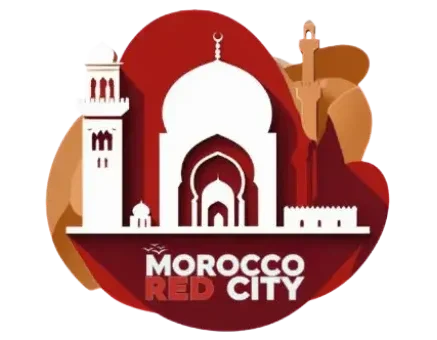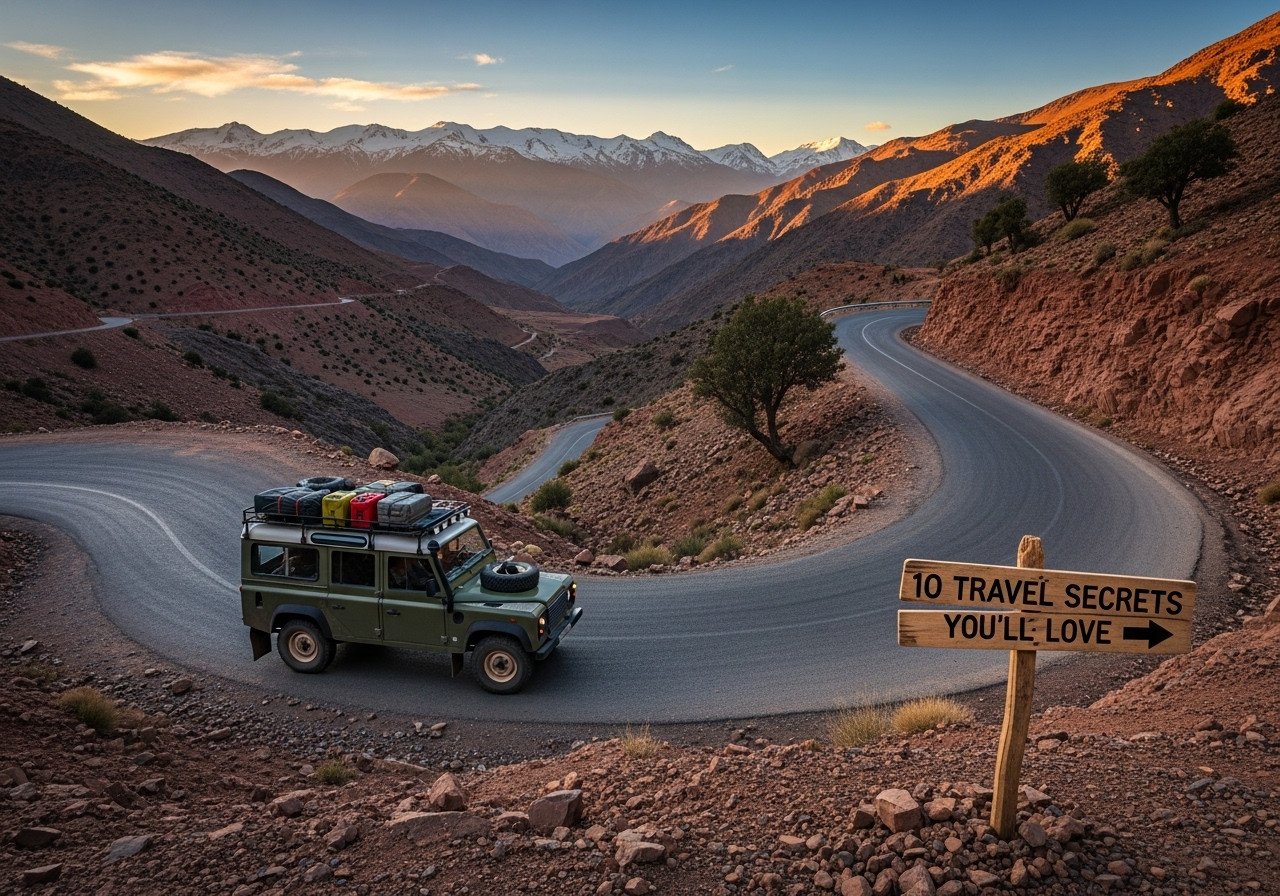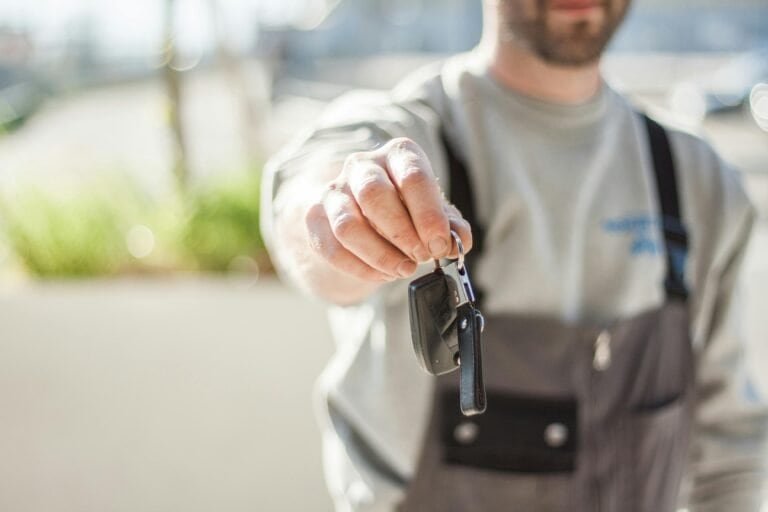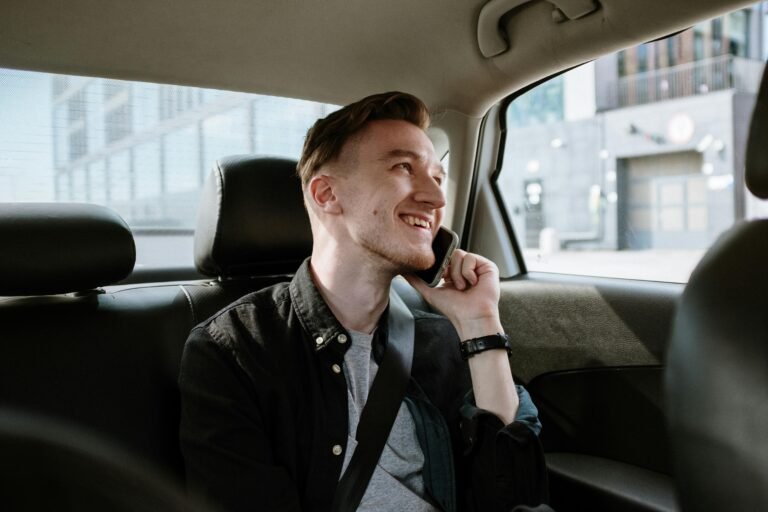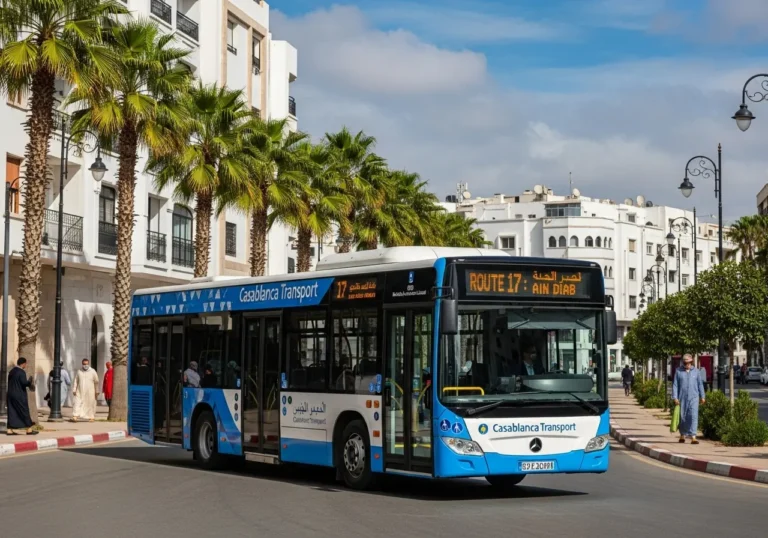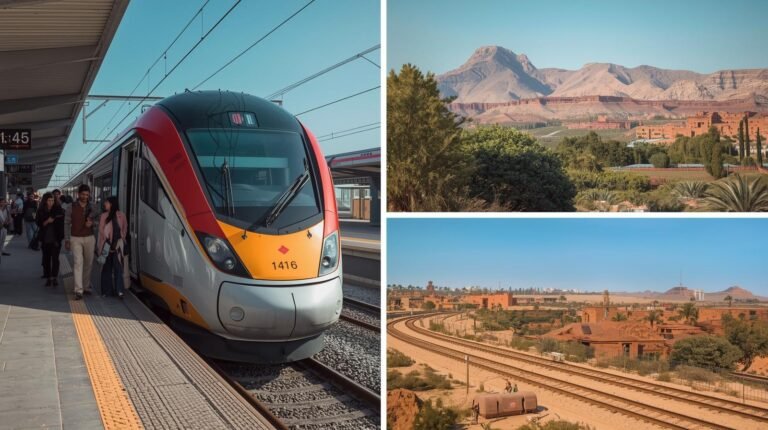Driving in the Atlas Mountains: 10 Travel Secrets You’ll Love
If you’ve ever dreamed about cruising through Morocco — picture winding mountain roads, jaw-dropping desert sunsets, and villages straight out of a postcard — then driving in the Atlas Mountains is probably high on your bucket list. But here’s the million-dirham question: do you grab the keys and go for the self-drive adventure, or do you kick back and let a private driver do all the work while you snack on dates in the backseat?
I’ve done both, and trust me — each has its own vibe. So let’s break it down, travel-blogger-style, with no fluff and a few honest opinions thrown in.
Why Morocco Isn’t Just Another Road Trip Destination
Alright, before we get into the “who’s driving” debate, let’s set the scene. Morocco isn’t like a U.S. interstate or a smooth German autobahn. It’s a mix of everything: chaotic city traffic in Marrakech (horns everywhere!), peaceful seaside drives in Essaouira, hairpin turns in the High Atlas, and then — boom — endless desert roads heading toward the Sahara.
That’s what makes it exciting. But also, why do you need to plan? If you don’t, you’ll end up stressed, sweaty, and possibly stuck behind a herd of goats (true story).
Self-Drive in Morocco: The Wild, Flexible Adventure
So, let’s talk self-drive.
The Good Stuff (aka Why It’s Awesome)
- Freedom to stop wherever. See a cool kasbah? Stop. Want to take ten thousand photos of the Atlas Mountains? Totally your call.
- Budget-friendly. Renting a car can be surprisingly cheap — around $35/day if you’re not picky about having the latest SUV.
- Pace control. You decide if today is a “slow scenic drive” kind of day or a “blast some music and make it to Merzouga before sunset” kind of day.
The Not-So-Fun Stuff (aka What Might Stress You Out)
- Police checkpoints. Morocco has a lot of them. Most are friendly, but you’ll need your paperwork handy every time.
- Traffic in cities. Marrakech drivers make New York cabbies look polite. If you’re nervous in traffic, brace yourself.
- Mountain roads. Driving in the Atlas Mountains is gorgeous but tricky — winding, narrow, and sometimes sprinkled with loose gravel. Not for the faint-hearted.
- Air conditioning. Seriously, make sure the rental has it. Morocco in August without A/C is a “roast alive” experience you don’t want.
Bottom line: Self-driving is amazing if you love road trips and don’t mind a little chaos mixed in with the freedom.
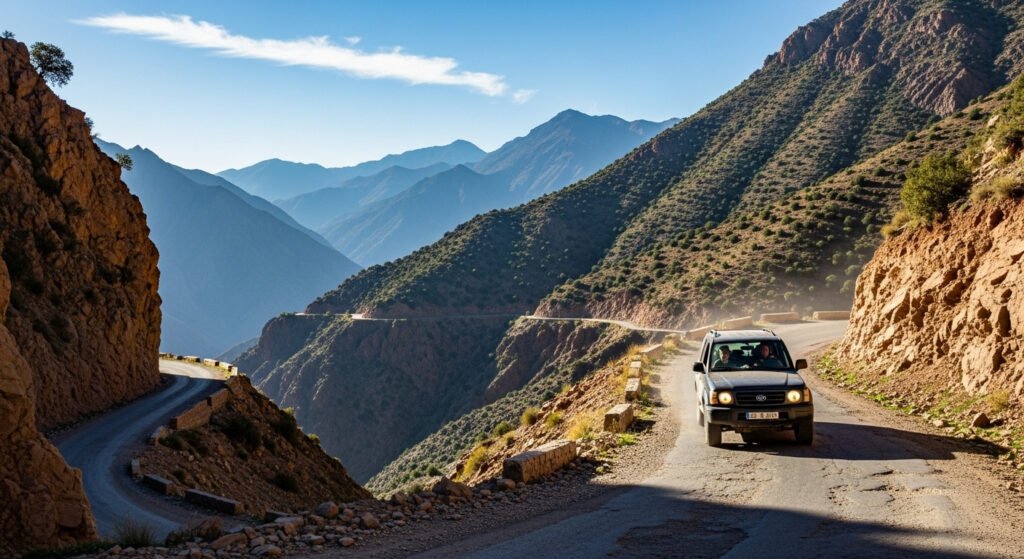
Private Driver in Morocco: Stress-Free and Smooth
Now, let’s talk about option two: chilling in the back while a private driver takes the wheel.
Why It’s Worth Considering
- Zero stress. No worrying about parking, speed traps, or “was that my exit?”
- Built-in guide. Most drivers double as storytellers, guides, and sometimes even food critics. They’ll take you to the best tagine spots and hidden viewpoints you’d never find on your own.
- Family-friendly. Got kids? Or don’t feel like dealing with bumpy roads after a long flight? A driver makes life 100x easier.
- Safety first. These guys know how to handle tight mountain roads and avoid surprise potholes better than we do.
The Price Question
A lot of people assume a private driver is only for luxury travelers, but here’s the thing: split between two or three people, it’s actually not that bad. Sometimes it ends up costing the same as renting a car — especially if you’re covering long distances. Plus, your sanity is priceless, right?
Quick & Honest Comparison
Here’s the “should I drive or not?” cheat sheet:
| Feature | Self-Drive | Private Driver |
|---|---|---|
| Freedom | Stop whenever you want | Flexible, but not total control |
| Stress Level | High in cities, medium in mountains | Basically none |
| Local Insight | Google Maps + your research | Driver = guide + navigator |
| Budget | Cheap if solo or couple | Cost-effective in groups |
| Safety | Depends on your driving skills | Safer, especially in tricky terrain |
Driving in the Atlas Mountains: What You NEED to Know
Now, let’s zoom in on the big one: driving in the Atlas Mountains. Whether you’re behind the wheel or in the passenger seat, this part of the journey is stunning… and a little intense.
Road Reality Check
- Winding, narrow roads with sharp turns.
- Sudden weather changes (snow in winter, strong winds in summer).
- Occasional rockfalls or goats wandering across the road.
It’s not dangerous if you’re careful, but you can’t just zone out and daydream about couscous. Stay alert.
Survival Tips
- Use engine braking. Don’t fry your brakes on long downhill stretches.
- Go slow. Those speed limits? They’re there for a reason.
- Manual cars rule. More control, especially on steep climbs.
- Expect surprises. Around the next bend might be a bus, a shepherd, or a donkey taking its sweet time.
Seasons Make a Big Difference
When you drive in Morocco, it matters almost as much as where.
- Summer (July–August): Marrakech can hit 40°C+. Do you drive in the mornings or evenings, and escape to the High Atlas where it’s much cooler?
- Winter (Dec–Jan): Snow is real in the mountains. Roads can be icy, and desert nights get freezing (bring layers and maybe hot tea in a flask).
- Spring & Fall: Honestly, the best seasons — mild weather, fewer crowds, and everything feels more comfortable.
Route Ideas Worth Considering
Here are some road trip routes I’ve either done or drooled over:
- Atlantic Coast Chill: Casablanca → Rabat → Asilah. Perfect if you love sea breezes and chilled vibes.
- Northern Gems: Tangier → Tetouan → Chefchaouen (the Blue Pearl). The views driving into the Rif Mountains are insane.
- Atlas Escapes: Marrakech → Ourika Valley → Imlil. Quick trips from Marrakech that take you from city chaos to mountain calm.
- Desert Dreaming: Marrakech → Tinghir → Merzouga (hello, Sahara dunes). This is the classic “camel trek and camp under the stars” route.
Budget Talk: What You’ll Spend
Morocco is super flexible budget-wise. You can do it backpacker-cheap or luxury-style.
- Budget travelers: $30–$50 a day (hostels, local eats, maybe a bus or two).
- Mid-range: $50–$150 (nice hotels, rental car, a few tours).
- Luxury: $150+ (fancy riads, private driver, and no worries).
Money-saving tips? Eat street food (so good), avoid peak season, and don’t be shy about negotiating prices.
Cultural Stuff You Should Know
A few quick tips so you don’t make rookie mistakes:
- Photos: Always ask before snapping pics of people. Otherwise, you might get yelled at or asked for money.
- Clothes: Dress modestly, especially in rural areas. Scarves are handy for women.
- Souks: Haggle. It’s expected, and honestly, kind of fun once you get the hang of it.
- Hygiene: Wash your hands a lot — Moroccan dirhams have seen things.
Final Thoughts: Which Should You Choose?
So, here’s my honest take.
If you’re an adventurous type who loves the freedom of the open road, go for the self-drive. Just be prepared for a bit of chaos and keep your cool when a donkey blocks your lane.
If you’d rather sit back, snap photos, and let someone else deal with the mountain hairpins, then a private driver is the way to go.
Either way, driving in the Atlas Mountains is an unforgettable experience. The views will blow your mind, the journey will challenge you just enough to feel adventurous, and the memories will stick long after you’ve shaken the last grains of Sahara sand out of your shoes.
So… would you grab the wheel, or let a local pro do the driving?
